Chronic Back Pain. A Chronic Problem in Golfers.
By: Carter Schmitz, CSCS, TPI, Founder SCRATCHGolfTraining.com
By far, the most common questions I get from athletes relate to back pain.
How do I fix it?
Can I avoid it?
How can I loosen it up?
What’s causing mine?
I don’t have all the answers. Chronic back pain is an extremely complex subject. In this two-part series, I’m going to give you my best advice about how to avoid back pain and how to address it if it does occur [find Part 2 HERE].
First, a few disclaimers…
Everybody experiences back pain differently and everybody’s pain is being caused by something slightly different. Please use proper judgment regarding the exercises and discussions I present below and see a medical professional if needed.
I’m not here to diagnose your pain, I’m here to provide generalized thoughts and suggestions that I believe will help those battling chronic back pain, and those looking to avoid it in the future.
The Chronic Problem
The back is a common spot for pain and injury in golfers… actually, amongst the most common. The chronic, or long-term, nature of many back injuries can be debilitating and keep golfers off of the course for extended periods of time.
It’s tough to say precisely why this problem exists, but we can discuss a few theories that I have.
First, sport inherently exposes athletes to injury risks. All of our golf swings generate high forces and velocities and the body has to absorb these impacts. Injuries and pain can happen, no matter how prepared we are.
Second, the golf swing places significant compressive, shear and rotational loads on the spinal joints. It therefore makes sense that the spine, and back muscles that connect into it, are common spots for injuries and pain, simply due to the high magnitude of loading that is directed towards it during your golf swing.
Thirdly, and what I would argue to be the largest reason for golf’s chronic back pain problem, is a lack of physical preparation. How many golfers actively train and physically prepare like the athletes they are? How many understand the impact their golf swing has on their body and train to thrive within it?
Luckily, there are steps we can take NOW to avoid future instances of injury, and if we currently experience pain, there are things we can do to improve the recovery process!
Avoiding Back Pain
If you’re somebody who doesn’t suffer from back pain, NOW is the time to act. Be proactive.
I have four tips for avoiding back pain:
- Physical Preparation
- Load Maintenance
- Be a Healthier Human
- Warm-Up
Physical Preparation
To me, physical preparation means preparing your body for the demands and stresses created within your sport by exposing it to progressive stressors in training.
Here are 3 important pieces of the physical preparation puzzle.
Piece #1: Progressive Strength Training
It’s tough to call one element of physical preparation the most important, but you can surely make a strong case for strength. It’s vitally important and has so many benefits that will contribute to injury resilience and longevity on the golf course.
The key point that I want to drive home is PROGRESSIVE. We should be methodically increasing the load we place on our body over time. If I squat 225 lbs this week, next week I should try to get 230 lbs.
Over time, we need to consistently increase the loading and stress we place on our body in order to continually create new physical adaptations. These new physical adaptations will make our backs and overall bodies more resilient and less likely to get injured.
Here are three exercises you should be doing to load and strengthen your back, preparing it for your golf swing. Click each one for an in-depth explanation.
1.) Barbell / DB RDL
2.) Cable Eccentric Pallof Rotations
Piece #2: Spinal Mobility
A healthy spine is both strong and mobile. We can actively improve our spine’s range of motion and our strength within those ranges of motion, simultaneously.
Although often referred to as a “backbone” the spine is a collection of mobile joints that run up and down your back. It’s designed to rotate, flex, and extend. It’s designed to help drive movement. Yet, so many training methods, exercises, and coaches wish to limit (or worse, eliminate) spinal movement from training.
Look at any golfer at impact, and you’ll see their spine bending and contorting. It’s rotating, flexing and extending at different segments. The demands of your golf swing call for spinal movement, so let’s move it in training!
Let’s slowly and progressively expose it to larger ranges of motion while under load, strengthening and expanding its movement capability. Doing so will build resilience, improve longevity, and increase your spine’s ability to absorb and create the movement demanded of it by your golf swing.
Here’s a 3 minute spinal flow that attacks your spine’s mobility from all angles:
Piece #3: Speed Exposure
Your golf swing is fast. Whether you swing it 80 mph or 125 mph, relative to your daily life, your golf swing exposes your body to speeds it doesn’t see elsewhere. Therefore, a critical part of our physical preparation needs to be exposing our body to high velocities for two reasons.
First, it prepares the bodily tissues for high velocity activity. In strength and conditioning we have a rule etched in stone called the SAID principle, which basically means that our body will adapt to the specific stresses we place on it. Train fast to get faster, and create adaptations associated with speed.
Secondly, by getting faster, the overall impact created by your current golf swing will lessen. If you ask Kyle Berkshire (long drive champion) to swing a golf club at 125 mph (he’s maxed out at ~150 mph), it’s not very impactful for him. It’s easy and doesn’t stress his body much because he has adapted himself to swing at 150 mph. Now go try swinging at 125 mph yourself… for most it’s demanding (maybe even requiring a max effort).
Getting faster makes your current swing speed less impactful, and therefore less injurious. It may also help you tap into a higher clubhead speed. Here’s a collection of exercises you can be doing to expose yourself to higher velocities in training!
Load Management
The second tip I have for you to avoid back pain and injuries is load management.
Injuries and pain are unbelievably complex, and everything affects everything, so it’s crucial that you remain aware of the stressors being placed on your body at any given time.
When the season begins, do not grab the jumbo bucket of balls and play 36 the next day! Your body hasn’t swung a club consistently in 6 months. Ease back into it. Progress into higher volumes of range balls and rounds. Hit the small bucket this time. Play 9 tomorrow. Hit the medium next week. Play 18.
Just like strength training, progress into greater, more intense stresses on the golf course. Your body will have more time to adapt and it’s less likely to get injured.
Be a Healthier Human
Avoiding pain and injury starts with being a healthier human being. As important as they are, no amount of strength training, mobility work, or speed exercises will overcome an unhealthy life.
Start by doing the following…
Fueling your body with the nutrients it needs to perform.
Hydrating.
Sleeping long enough and with high enough quality.
Prioritizing recovery when your body is fatigued.
Being physically active daily – go for walks, hikes, or bike rides.
Maintaining healthy social relationships.
Being aware of your mental well-being and seeking help when necessary.
Warm-Up Thoroughly
My fourth and final tip for avoiding back pain: warm-up thoroughly before swinging a golf club. You should be physically ready prior to even pulling a club out of your bag. Your heart rate should be slightly elevated, your joints should feel mobile and your muscles should feel minorly fatigued.
Next time you’re at the course, use this under 3 minute warm-up HERE.
In Summary
If you don’t have chronic back pain, be proactive to avoid it in the future. Physically prepare your back and body for the demands of your golf swing by strength, speed, and mobility training. Prioritize your health, be aware of the stresses the golf swing can have on your body, and always properly warm-up!
Stay tuned for Part 2 where we will discuss the process of recovering from and resolving chronic back pain.
- From the Green to the Tables: How Golfer Personality Traits Lead to Success in Gambling - October 21, 2024
- Ways To Engage With Golf Even Off The Course - October 4, 2024
- The Best USA Resorts with on-Site Casinos for Luxury Stays - October 2, 2024




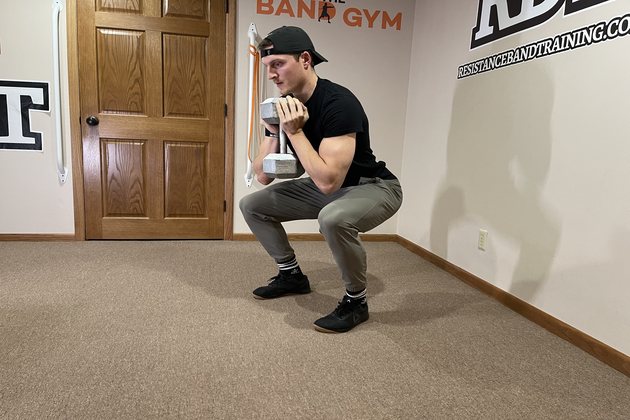
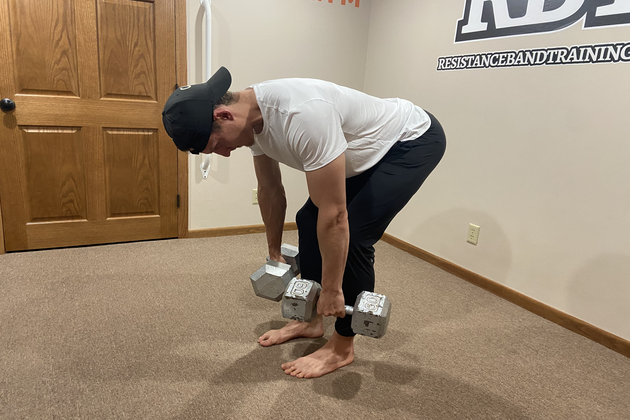
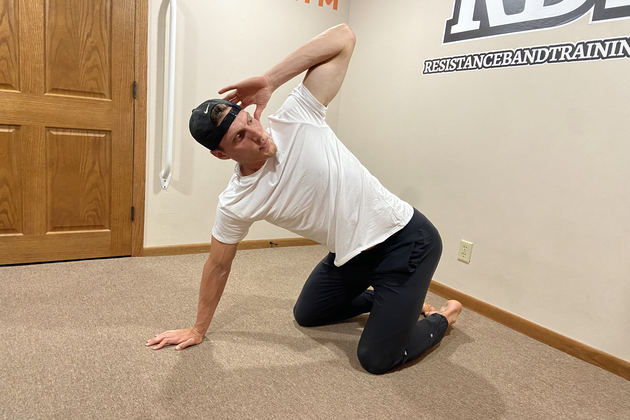

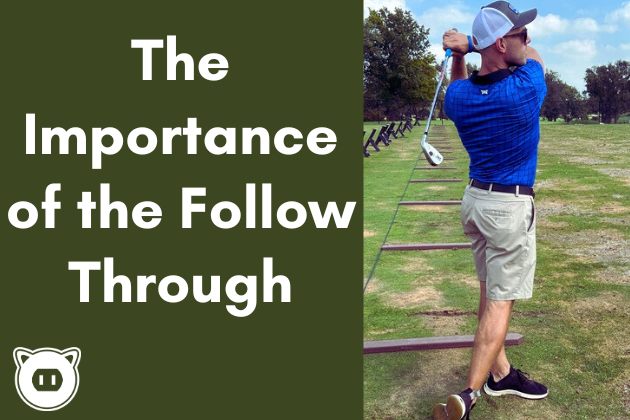
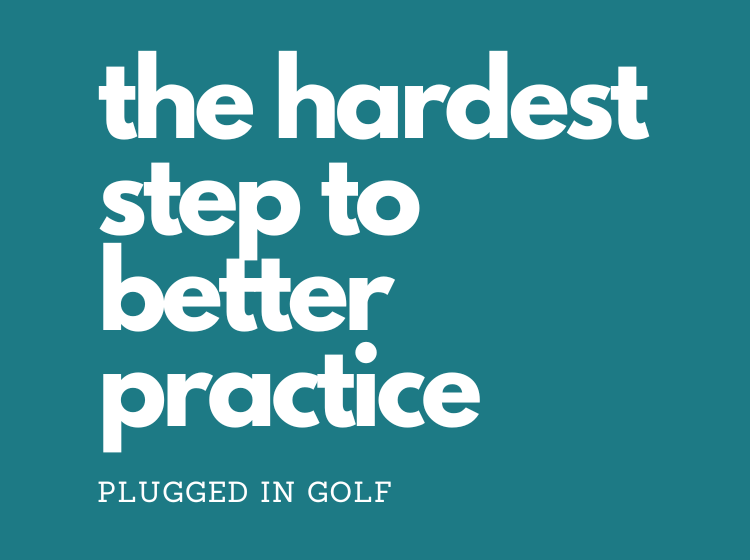









8 Comments
The pre golf spine stretch is incredible. The stretches are dynamic so they tune up your upper and lower back for golf or any exercise!
This pre golf spine stretch is a dynamic set of stretches that prepare your whole spine for the torsion forces of the golf swing. I feel that my upper and lower back are stretched and ready to play!
Hey Norm! I appreciate the comment and love to hear that you’re finding benefits in the spinal mobility warm-up!
Thanks!!!
Do you have anything for after a round?
Hey Jeremiah!
The most important items to improve recovery post-round are 1.) refuel with a high protein meal, 2.) rehydrate with fluids, and 3.) recover.
As long as you are strength, speed, and mobility training consistently throughout the week, there isn’t a ton that needs to be done immediately following a round of golf from a physical activity standpoint. Some enjoy light stretching or foam rolling – if either of these feel good, by all means go for it! But refueling, rehydrating, and recovering should be prioritized.
– Carter
I’m taking this to my trainer at the gym and see if he can help revise some to accommodate a physical disability I have (no toes and a drop-foot) to help me. I’m just taking up golf and enjoy hitting buckets at this point. But my back has been hurting afterward. I believe some of these exercises can help me a lot, but a few need to be tweaked for me. I’m a female, 120 lbs. My trainer is a former Aussie pitcher and understands the body.
I’ve been an avid golfer for years, but chronic back pain was starting to hinder my enjoyment of the game. Thankfully, I found some effective ways to avoid it. Firstly, I made sure to warm up properly before each round, focusing on stretching my back and core muscles. I also invested in a golf swing analysis to ensure my technique was not putting excessive strain on my back. Additionally, I modified my swing to prioritize proper posture and a smooth, controlled motion, rather than power alone. Finally, I incorporated regular strength and flexibility exercises into my fitness routine, targeting the muscles that support my spine. These changes have made a remarkable difference, allowing me to play golf pain-free and fully enjoy my time on the course once again.